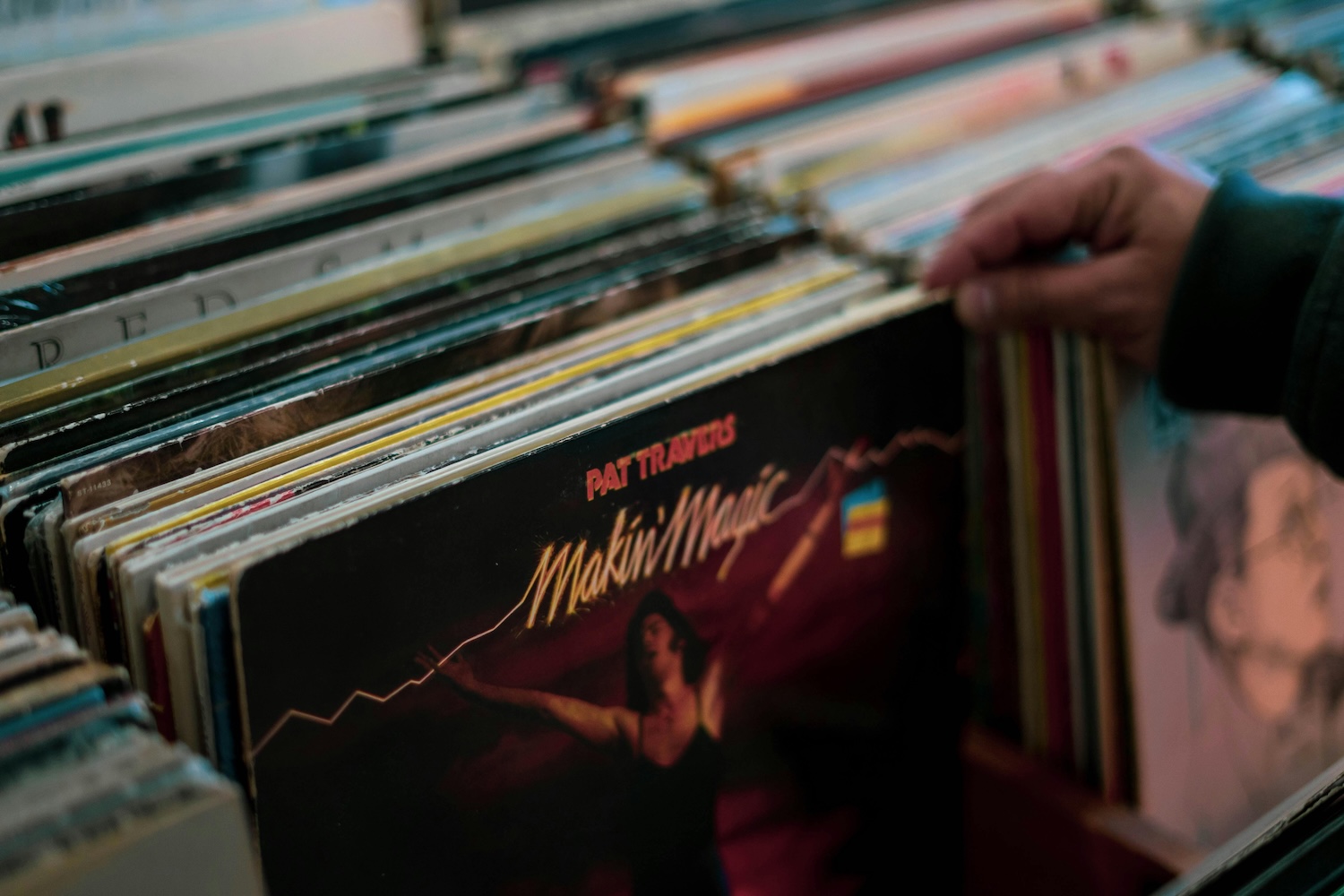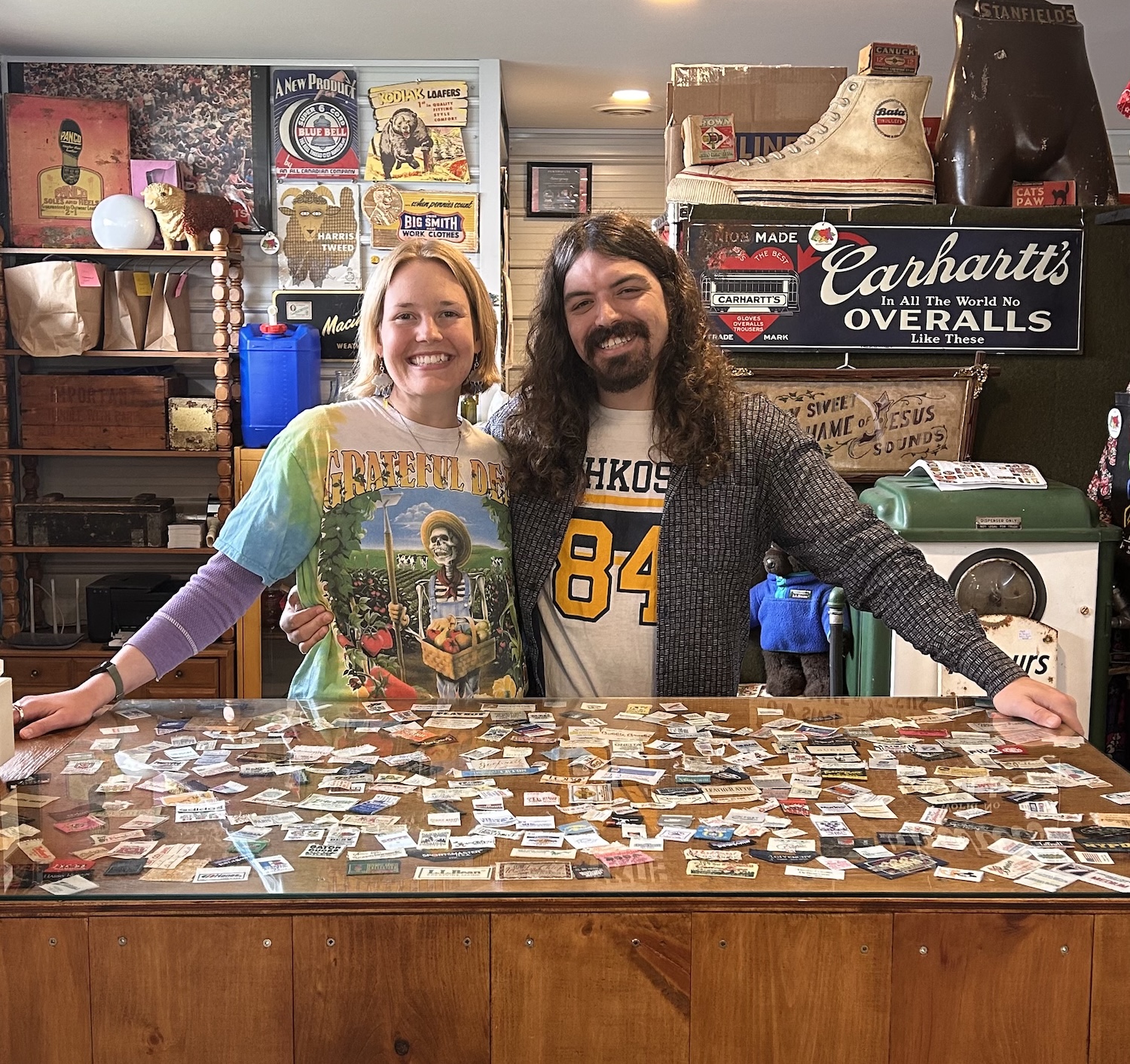Going to a vintage market? Our top tips for sellers and shoppers
The best part about a vintage market? Browsing all the vintage, all at once. Here's how to do it like a pro
We’re almost halfway through “market season,” so if you haven’t hit up your local vintage markets, antiques markets, flea markets or artisan markets, now’s the time.
Markets take place all year long, but the highest concentration of them occur in the summer. Attending a market is a fantastic way to get out and explore what your local vendors have to offer — many markets take place outside in the summer, so you get to spend a day in the sun whether you’re browsing or vending.
For a list of markets and events happening across Canada, check out our Events page or our Instagram story highlights, which are categorized by province.
Once you’ve found a market to attend, here are our best tips for shoppers and sellers to make the most of your experience.
Vintage market tips for shoppers
Before you go
1. Wear layers if you plan to try on clothes.
There’s always somewhere to try on apparel at a vintage market — some vendors use pop-up tents in their booths, and some markets provide communal fitting room tents. Or you can use the venue’s public washroom.
But if you wear form-fitting clothes, like a thin tank and bicycle shorts, as a base layer, it’s easy to try on clothes at any booth you visit.
2. BYOB—bag, that is.
Bring at least one reusable bag — the bigger, the better, to fit odd-sized decor or bundles of clothing. Long straps are a good idea so you can carry the bag on your shoulder and keep your hands free for browsing, or try a backpack.
3. Bring a variety of payment methods.
Some vendors, especially at curated shows, will take credit or debit using Square or another payment processor. Not everyone does though (especially at antiques markets), so cash is king. Some markets have ATMs on site, but it’s best to come prepared. Most vendors will hold an item for you if you need to run out to get more cash. Many are also willing to accept e-transfers.
4. Pack your measuring tape.
And keep all of your relevant measurements in a note on your phone: body measurements (chest, waist, hips) for clothing and measurements for the rooms in your home. You’ll quickly know if something is going to fit — whether it’s a shirt or a piece of furniture.

At the market
1. Arrive early.
Some swear by coming late to get better deals when vendors are trying to clear out their inventory but if you want the best selection before things get picked over, it’s best to show up at or close to start time. Depending on the event’s popularity, there may even be a queue before it starts.
2. Negotiate with caution.
Negotiating depends on the environment. At curated vintage markets, try to respect the prices as marked. They’re chosen for a reason — and if you want to know why, check out our “The Price is Right” feed post on Instagram.
Negotiating is a bit more commonplace at antique shows and flea markets. If you do want to ask if there’s any wiggle room on the price, ask kindly and respect the seller’s decision.
3. Talk to sellers.
Getting to know who you are buying from is one of the best parts of shopping local and shopping small. If you’re not sure where to start, say hi and ask what the seller’s favourite piece is that day. Sellers often know a lot about their inventory and can share cool details or stories. You might learn something new!
Continued below
Find vintage markets in your area
View event calendar
Continued from above
4. Do a second (or third) pass.
Vendors get a finite amount of space to show their wares at markets, so many booths are stuffed with a lot of objects or garments. It can be hard to take it all in at first glance. Look more methodically, from one end of the booth to the other, on your second round and you might see a gem you didn’t notice before.
5. Make quick decisions.
The criteria is simple: Do you love an item? Can you afford it? How will you use it? Once you’ve answered those questions, go for it. Always keep in mind that vintage items are one of one — so it’s possible the item might not be there anymore if you circle back later.
Vintage market tips for sellers
1. Bring a variety of items at different price points.
Affordability is important for shoppers, especially in today’s economic climate, and markets get a lot of foot traffic from casual browsers. Pieces priced in the $20-$30 range will move more quickly, so bring lots of stock and make sure it’s clearly marked, ideally with tags or stickers that peel off easily.
2. Consider accepting all forms of payment.
If you don’t already accept credit and debit and plan to do more than the odd market, look into getting a card reader. The fees can be frustrating and the paperwork more so, but offering payment by card will open your pool of potential buyers.
The most popular option is Square, but Shopify makes a card reader, too. If you accept e-transfer, include a sign on your table that contains your email address so shoppers can easily copy it into their banking app.
3. Pack a mirror if you sell clothes.
Thrift, borrow or buy a full-length mirror. While it’s true that at least someone on site will have a mirror that you can point customers to, your clients will stay in your booth while they check their ’fits if you set up a mirror.
This one-on-one time is a great opportunity to check sizing, suggest complementary pieces, or show how to style the item.
4. Be welcoming to your customers.
This can be difficult to do if you’re a shy person or someone who suffers from anxiety. But markets are about the in-person experience.
A report by McKinsey & Company says that 70 per cent of buying experiences are based on how customers feel they’re being treated — meaning if they’re treated nicely, they’re more likely to shop with you. Another study by the American Society of Quality Control found that 68 per cent of customers have left a retail space when they felt ignored.
Try saying a quick hello and let the shopper know you’re there to answer any questions. Other softball topics to try: ask them how their day is going, how they’re enjoying the market — or, if all else fails, mention the weather! It’s a classic icebreaker for a reason.
5. Make your shop name unmissable.
You don’t need a fancy sign, but do have a sign! Even if you’re just starting out as a vendor, something as simple as a handwritten sign on an 8.5x11 piece of paper on the front of your table or hanging from racks on either side of your booth will let customers know where they’re shopping from. Include your shop name and any relevant social media handles.
A sign bearing your shop name gives people another way to remember you the next time you’re at a market — the name might stick in their mind, or they may take a photo to remember it for later.
If you have business cards, bring lots and set them on your table. Or set up a QR code that links to your website or social media, print it out, and place it in an obvious spot. Your name is your brand, and you want to give your customers the best chance at finding you again.
For a list of markets and events happening across Canada, check out our Events page or our Instagram story highlights, which are categorized by province.
Thank you for valuing our work!
Support our work to see this page.
You’ve got a good eye, but this gem is only available for members. Register for a plan or upgrade your current one to peek behind this vintage curtain, or log in below.
















